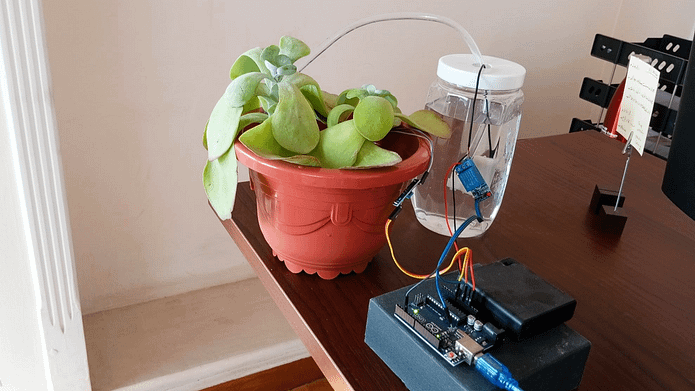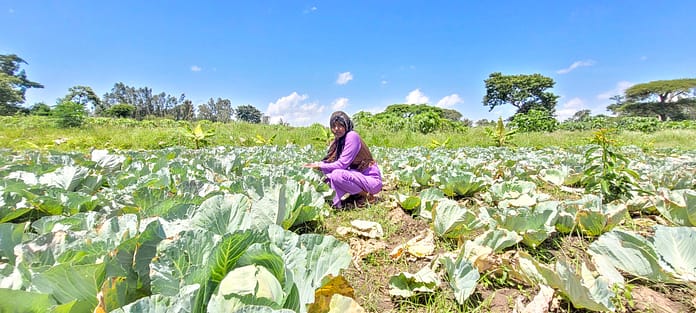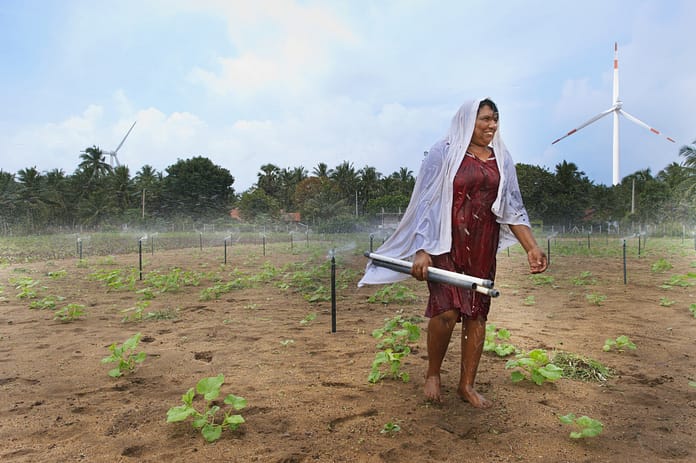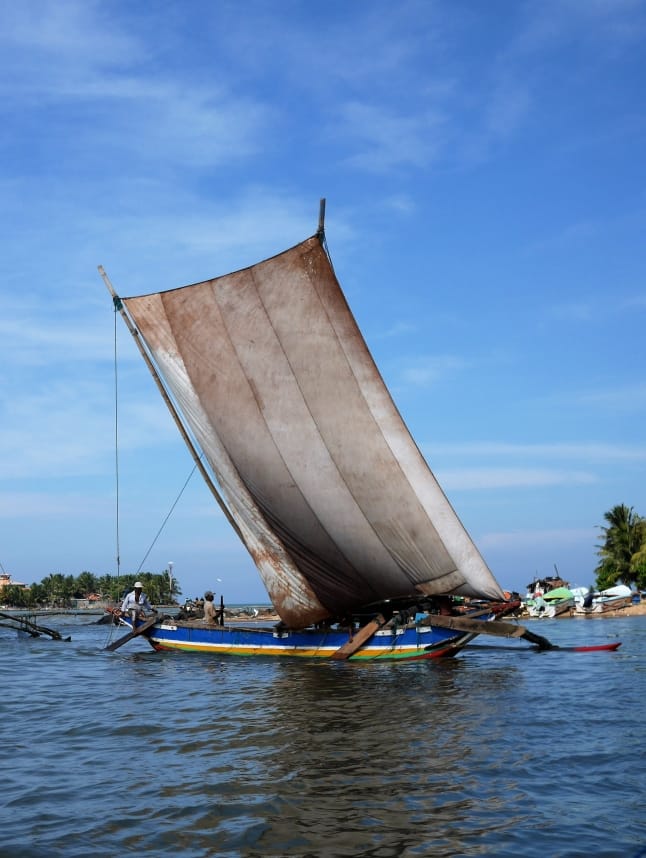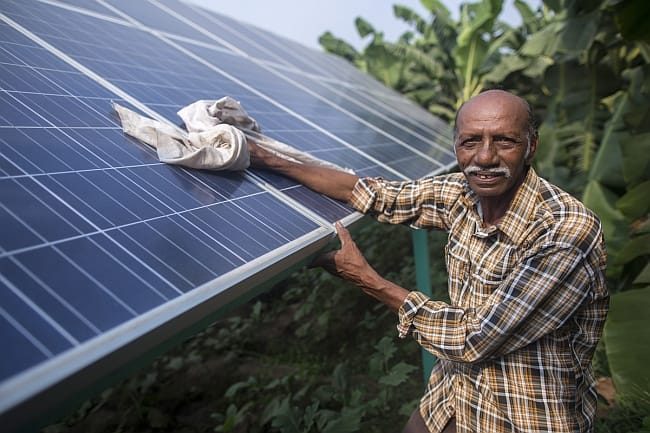Mukhiya Fish Farms, located in Sahidnagar Municipality in Madhesh Province, Nepal, is in many ways a historical institution. Run by husband-wife duo Kanhaiya and Manju Devi Mukhiya, the farm was established nearly 40 years ago by Boyalal Mukhiya, Kanhaiya’s late father and a pioneering fish farmer.
In the early days, Kanaiya’s father practiced general fish farming. One day, the head of the fisheries development center, noticing his proactive nature, suggested he enter the high-demand hatchery business. Boyalal leased land and began producing fish seed. The Mukhiyas eventually purchased land, but it was scattered. In one place where they owned a large plot, theft was rampant. Robbers would tie up their staff and steal the broodstock and poultry. Fed up with the security threats and seeking to consolidate their business, the Mukhiyas exchanged two kathas (0.0676 hectare) for one katha (0.0338 hectare) and eventually established the farm in Nanupatti, Dhanusha.
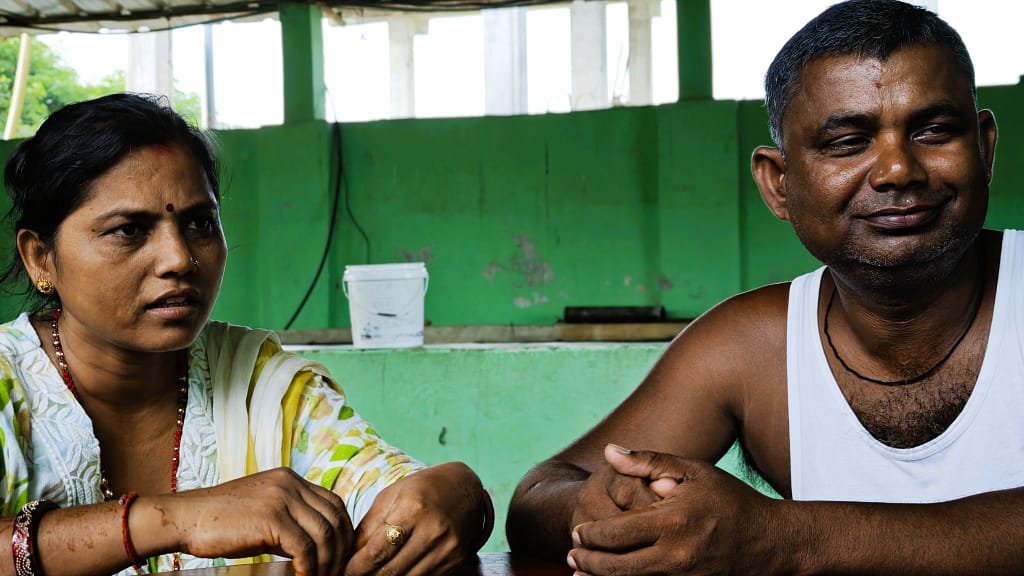
In a socio-cultural context where women running fish farms is rare and often discouraged, Manju is a pioneer. “Buwa (father-in-law Boyalal) taught me everything. How to select brood fish, give injections, collect eggs, raise hatchlings, and manage feed, labor and fishponds,” she says. When Kanhaiya was elected Ward Chair of their Municipality— the highest elected post in Nepal’s smallest administrative unit — Manju took on greater responsibilities for the farm. Today, they manage the farm together in a true partnership.
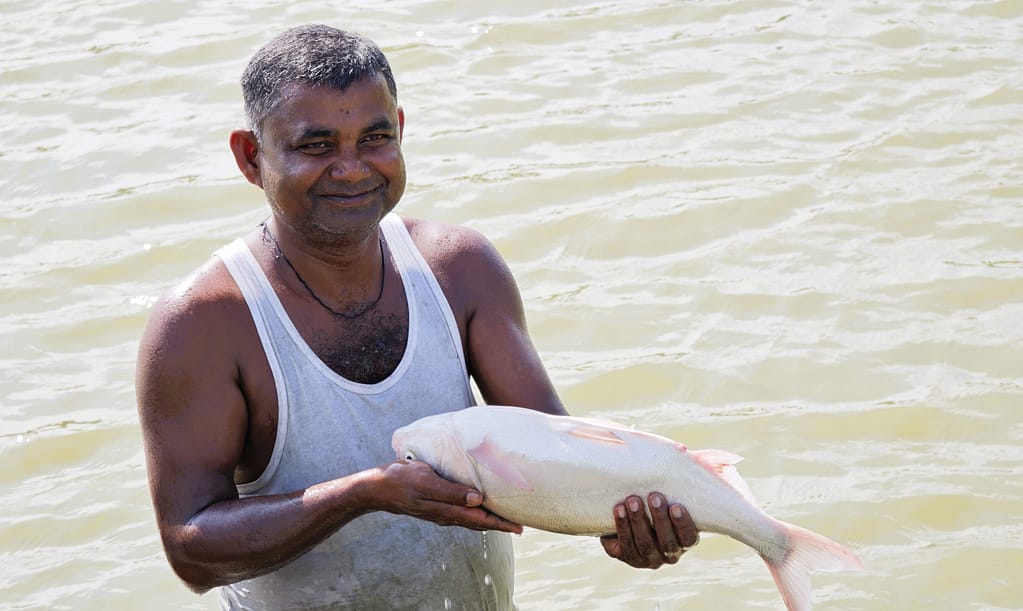
“If I am inside the water, then she’s outside,” Kanhaiya explains, proudly showing videos of how seamlessly they work in tandem.
Currently, the farm produces and supplies over 40 million hatchlings every-year.
“Feed costs over NPR 80 ($0.564) in the market. Technicians tell us that if you give 1.5 kg of feed to the fish, they will grow two kilograms, but the feed available in the market is not checked for protein, so that does not happen,” Manju explains.
Aquaculture is a resource-intensive endeavor as it requires significant investments in feed, water, and — critically — energy. The farm demands all these inputs at scale.
The high price of energy in fish farming
Spread across approximately 4.7 hectares, the Mukhiya Farm is divided into two parts — the breeding center, which includes the hatchery house, nursery ponds and rearing ponds, and the fishponds. At any given point in time, the Mukhiya Farm is continuously running on seven 3-horsepower (HP) motor pumps alongside two 4-HP motor pumps.
The breeding center is a highly energy-intensive enterprise. It produces and raises hatchlings and young fish or fingerlings for commercial sale. The center requires continuous water pumping, periodic water refilling to maintain water levels and quality, and aeration to sustain oxygen levels for broodstock and growing fry.
The breeding unit of Mukhiya Farm consumes an average of 1,600 units of electricity per month. As much as 4,70,000 liters of water need to be circulated every 24 hours in the farm to ensure good growth of hatchlings. This operation involves a meticulous process that begins with inducing spawning from broodstock also known as parent fish, and mixing the eggs and sperm for fertilization.
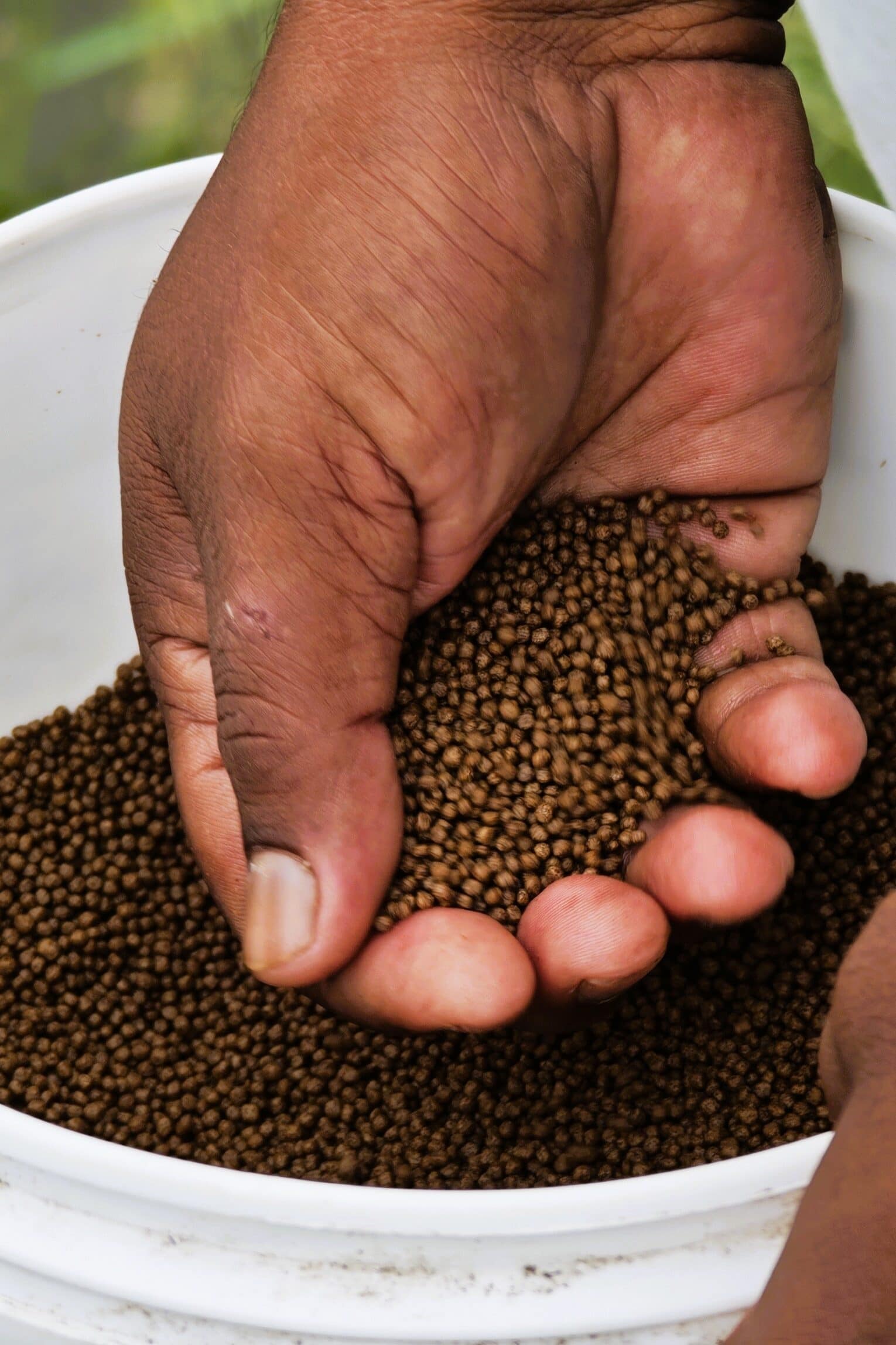
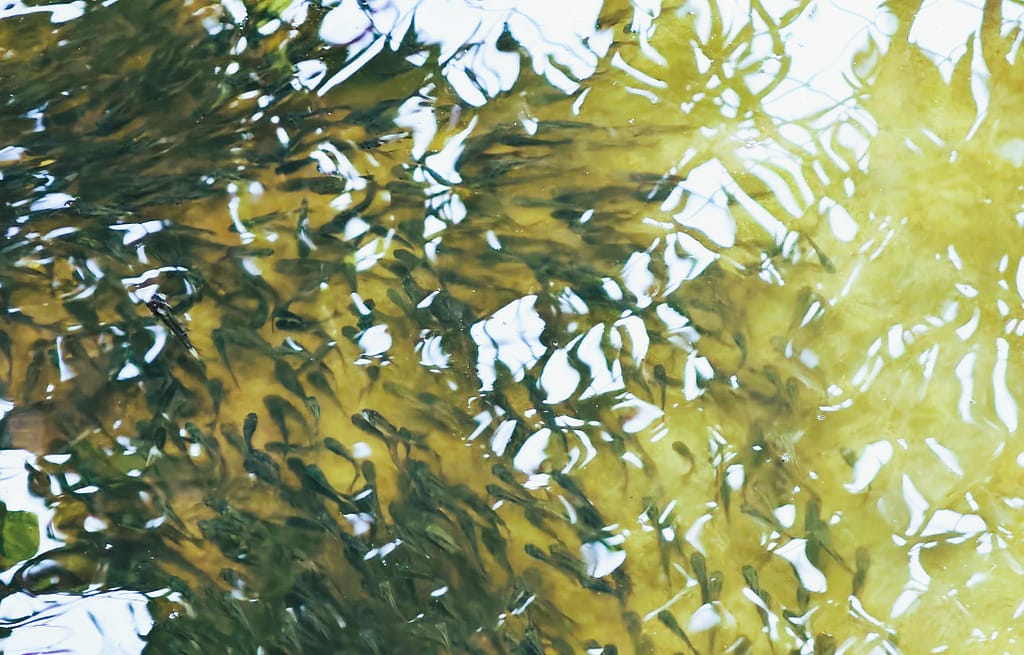
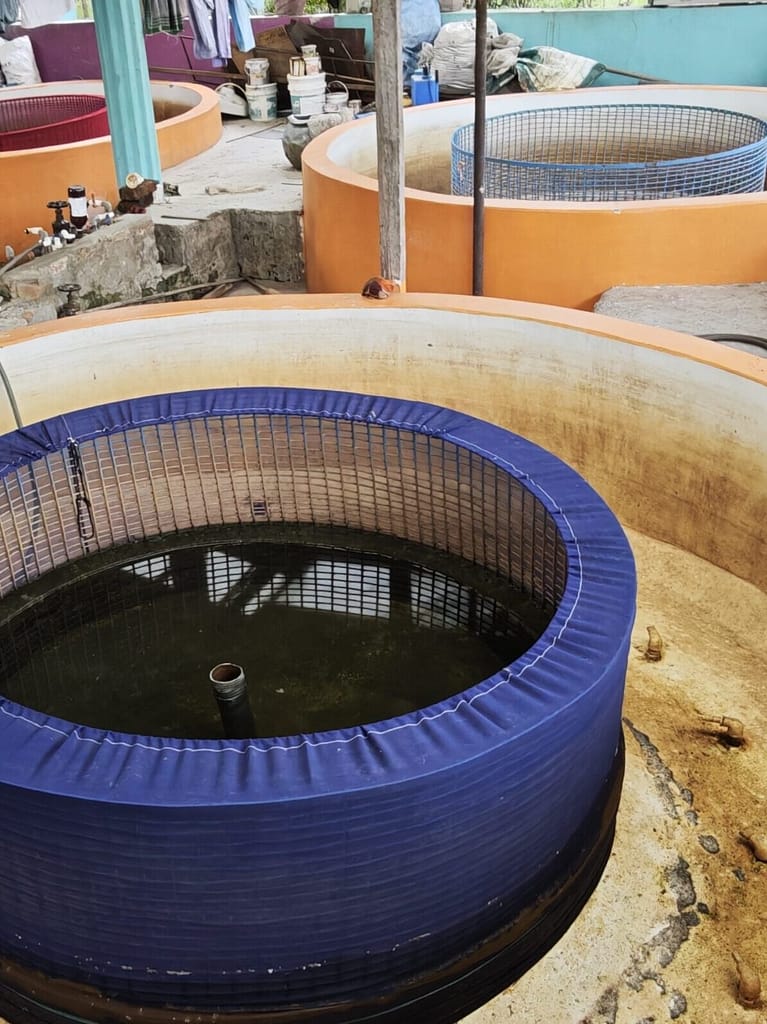
The larvae that emerge from fertilized eggs are called hatchlings. These hatchlings eventually progress through different developmental stages from spawn to fry that are one to two centimeters long, and finally to 10-15 cm long fingerlings.
For the hatchlings to successfully emerge, the fertilized eggs need to be in chambers with continuously moving water. The flow and sound of water need to mimic the natural river environment, as this is crucial for the development of many fish species, including the Carp and Pangasius varieties that the Mukhiyas sell. This specific need for continuous water flow makes the operation of breeding centers profoundly reliant on a consistent energy supply.
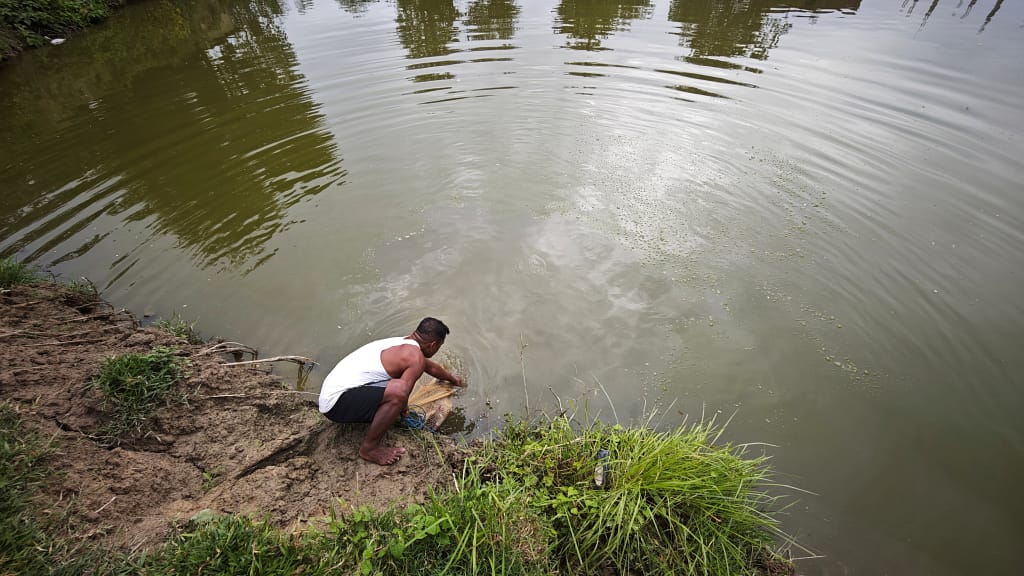
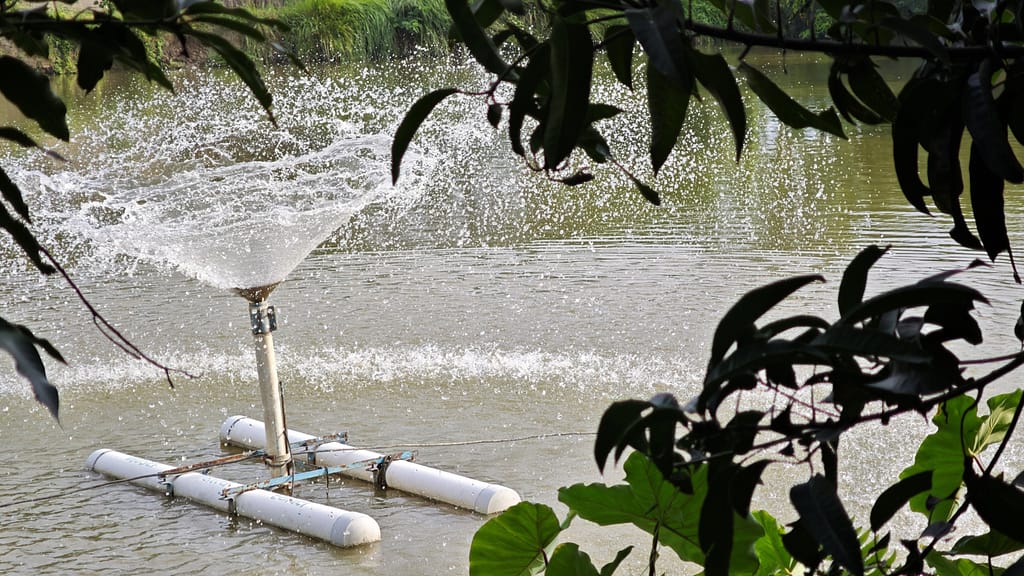
Such a need obviously translates to high energy costs. Nepali fish farmers currently pay an industrial rate of approximately $0.056 per unit of electricity. This is in contrast with the subsidized agricultural tariff of approximately $0.015 per unit. No such energy subsidy exists for aquaculture in Nepal. This disparity has sparked protests by fish farmers seeking access to agricultural meters of their own.
Energy is thus becoming a flash point for Nepali farmers struggling to keep up with competition across the border.
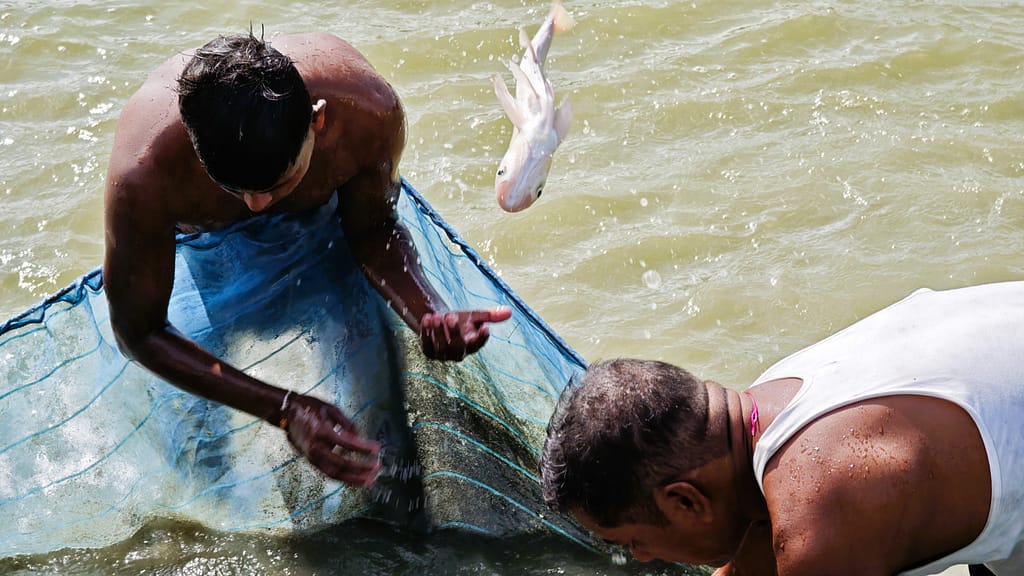
The solar solution
One way to lower energy costs would be to use solar energy.
“In a hatchery farm, we need to pump water continuously, even more than in fishponds. Running the motor from the grid costs a lot. Using solar pumps could significantly cut down these expenses,” said Kanhaiya Mukhiya
Government-subsidized solar pumps are widely used for both aquaculture and irrigation in Nepal. Demand for solar pumps among fish farmers is increasing as lower operational costs translate to higher earnings in aquaculture. Given the substantial energy requirements for fish farming, particularly in breeding centers, and comparatively higher income from aquaculture, solar technology holds strong potential for wider adoption across the industry.
While the Mukhiya farm does not yet have a solar-powered pump, they have begun exploring solar technology in other ways. The farm now uses an automatic solar-powered feeder equipped with a timer set to release feed for the fish. The feeder costs NPR 80,000 ($563.8), of which 50% was subsidized by the National Agriculture Modernization Program under Nepal’s federal Ministry of Agriculture and Livestock Development.
The inescapable need to pump water coupled with low operation costs and high income from aquaculture has seemingly culminated in greater demand for solar-powered water pumps in the sector. In comparison to solar pumps used for irrigation, those operated in fish farms also appear to be better utilized and maintained. Given the substantial energy requirements for fish farming, particularly in breeding centers, and comparatively higher income from aquaculture, solar technology holds strong potential for wider adoption.
Currently, most of Nepal’s policies and programs for fish farming support farmers through technical assistance and subsidies for pond construction and management. Subsidies specifically for the use of solar technology in this sector are rare. For example, one of the few instances of support came from the Veterinary Hospital and Animal Service Expert Centre in Madhesh Province, which equipped off-grid fish farmers with solar-powered pumps. Against this backdrop, there is promising scope for integrating solar-related support within the aquaculture industry.
In a climate of ever-increasing energy costs, solar-powered pumps could give fish farmers like the Mukhiyas a lifeline, cutting operational costs and supporting more sustainable production.



